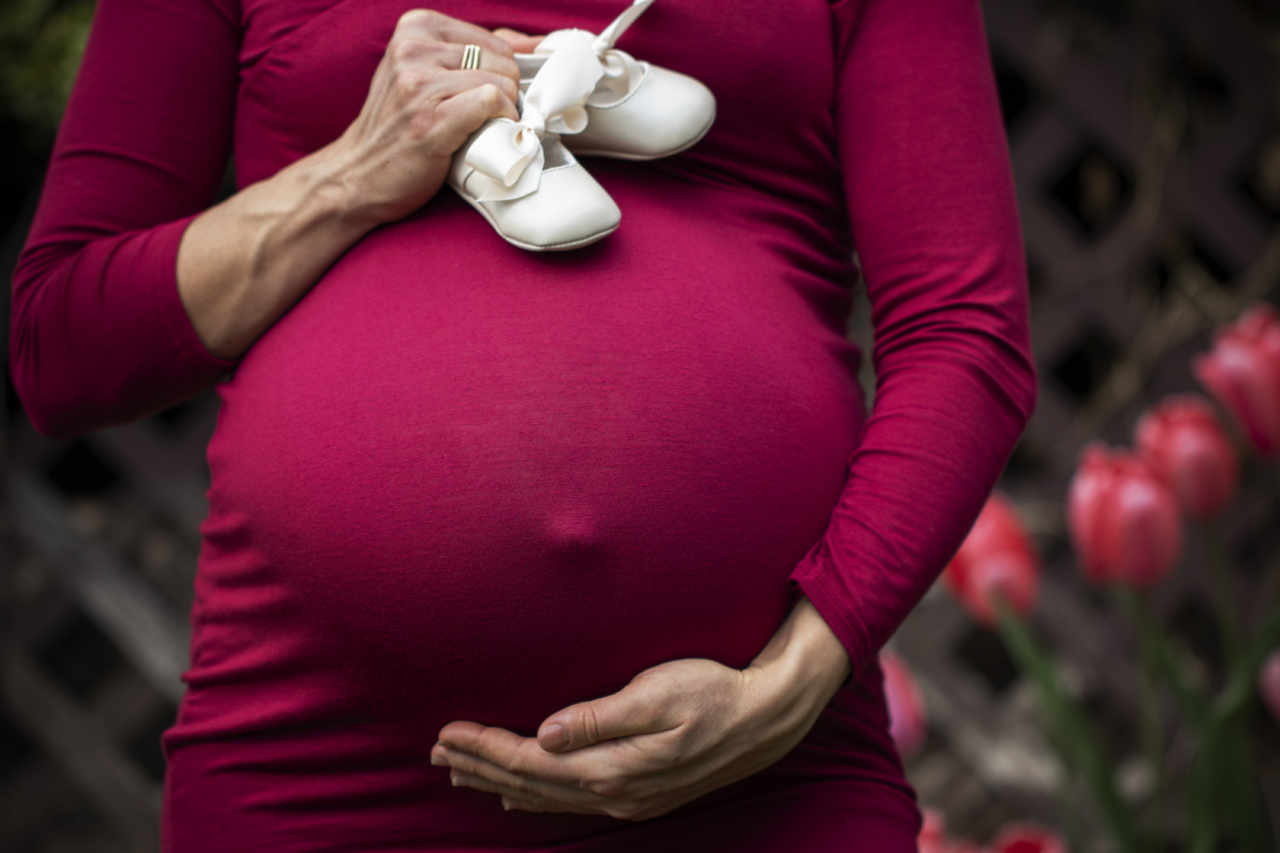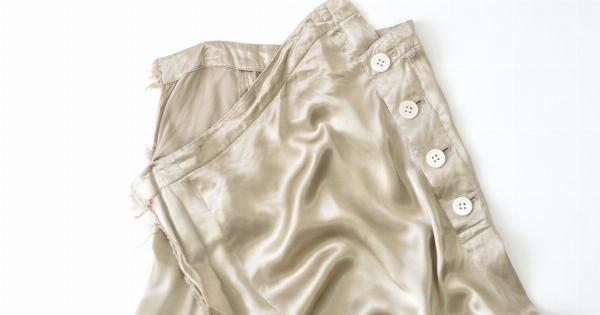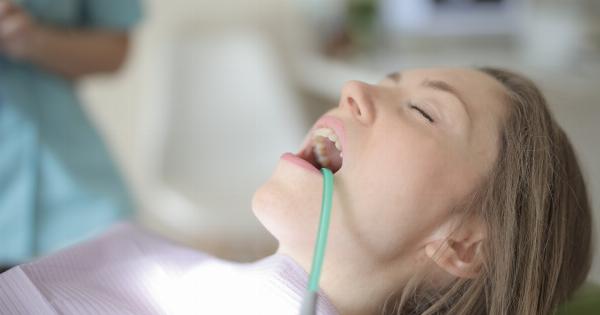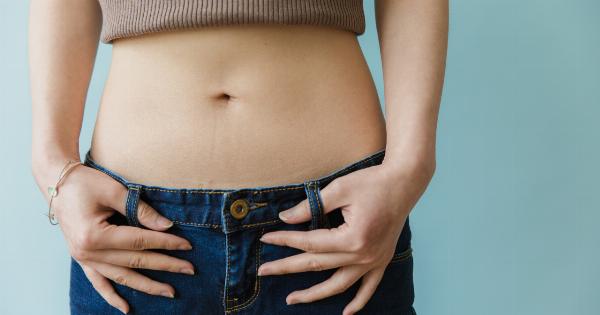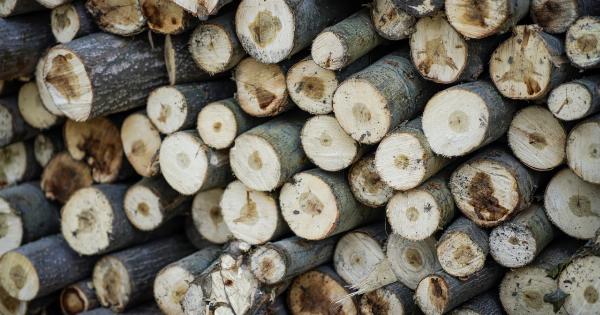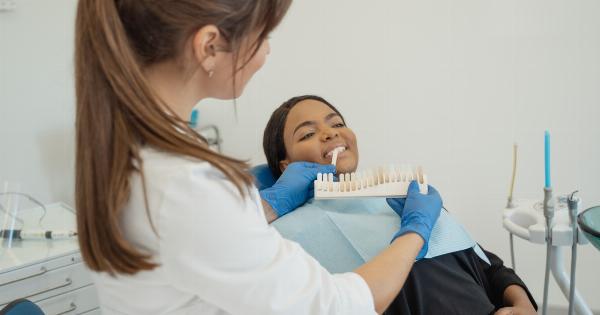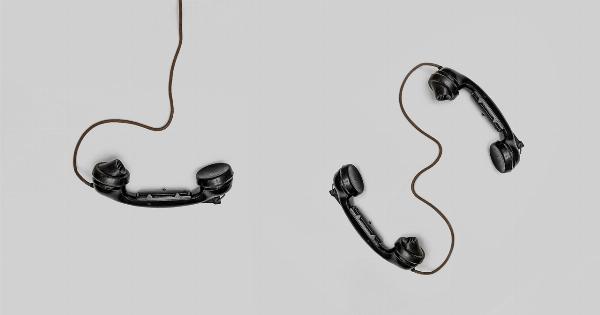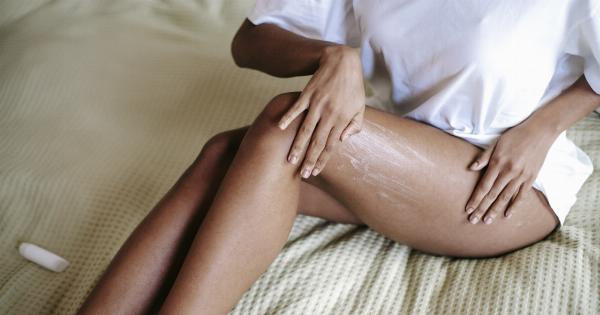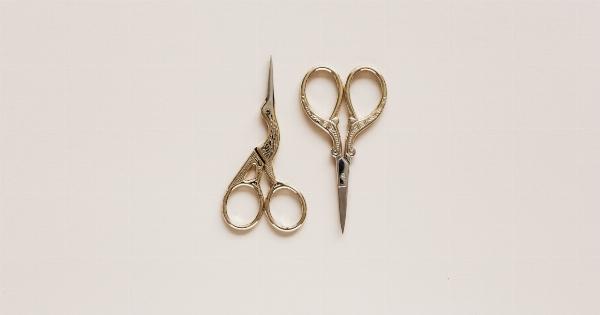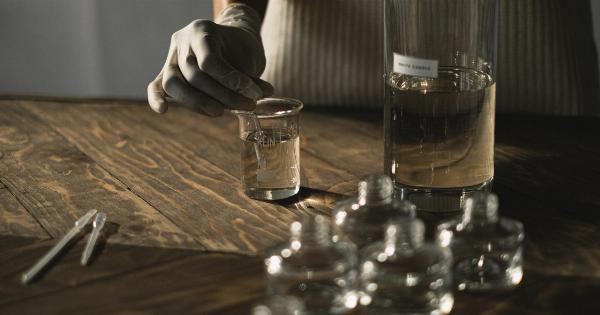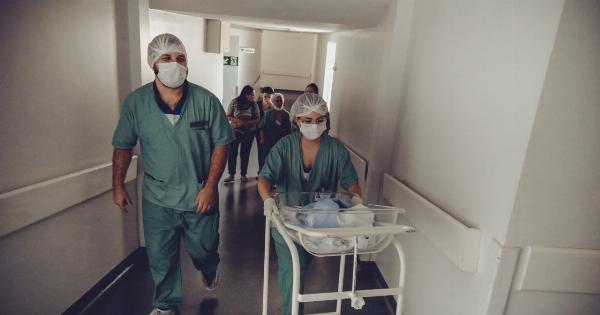Cleaning your baby’s belly button is an essential part of their hygiene routine. The belly button, or umbilicus, is a small, hollowed-out area on your baby’s stomach where the umbilical cord was once attached.
It is important to keep this area clean to prevent infections and promote overall health. In this article, we will discuss everything you need to know about cleaning your baby’s belly button and provide you with some useful tips.
Why is cleaning the belly button important?
Cleaning your baby’s belly button is crucial because the area can become a breeding ground for germs and bacteria if not properly cared for.
After the umbilical cord falls off, the belly button may appear red and moist, which makes it particularly susceptible to infection. Regular cleaning helps to prevent the buildup of dirt, lint, and bacteria that can lead to infections.
When should you start cleaning your baby’s belly button?
You should start cleaning your baby’s belly button as soon as the umbilical cord stump falls off, which usually happens within the first two weeks after birth.
Until it falls off, you should avoid getting the area wet to minimize the risk of infection. Once the cord stump dries up and falls off, you can begin gently cleaning the belly button.
How to clean your baby’s belly button?
Cleaning your baby’s belly button is a simple process that requires gentle care. Here are step-by-step instructions to help you clean your baby’s belly button:.
Step 1: Gather the essentials
Before you begin, make sure you have all the necessary supplies ready. This includes warm water, mild soap, and cotton balls or swabs.
Step 2: Wash your hands
It is essential to wash your hands thoroughly before touching your baby’s belly button. This helps prevent the transfer of germs or bacteria from your hands to the area.
Step 3: Wet the cotton ball or swab
Wet a cotton ball or swab with warm water. Make sure it’s damp enough to clean the area but not dripping wet.
Step 4: Gently clean the belly button
Using the damp cotton ball or swab, gently clean the inside of your baby’s belly button. Be careful not to apply too much pressure or scrub too vigorously, as this can cause irritation or injury.
Step 5: Dry the area
After cleaning, use a clean, dry cloth or towel to gently pat the area dry. Make sure there is no moisture left, as dampness can create an ideal environment for bacteria to grow.
Step 6: Avoid using any powders or creams
It is best to avoid using powders, creams, or ointments on your baby’s belly button unless specifically recommended by your pediatrician. These products can trap moisture and increase the risk of infection.
How often should you clean your baby’s belly button?
You should clean your baby’s belly button once or twice a day, especially during diaper changes. Regular cleaning helps remove any dirt, lint, or residue that may have accumulated in the area.
Signs of infection
While regular cleaning helps prevent infections, it’s essential to be aware of the signs that may indicate an infection in your baby’s belly button. Some common signs include:.
- Redness and swelling around the belly button
- Persistent discharge or oozing
- Unpleasant odor
- Fever or excessive fussiness
- Red streaks extending from the belly button
If you notice any of these signs, it is important to contact your pediatrician promptly. An infection in the belly button can be treated with antibiotics or other appropriate medications.
Additional tips for belly button care
Here are some additional tips to keep in mind when it comes to caring for your baby’s belly button:.
- Keep the area clean and dry to prevent bacterial growth.
- Avoid covering the belly button with tight clothing or diapers that may rub against it.
- Be gentle when cleaning to avoid any discomfort or injury.
- Monitor the area for any changes or signs of infection.
- If you have any concerns or questions, consult your pediatrician.
By following these tips, you can ensure that your baby’s belly button remains clean, healthy, and free from infections.
